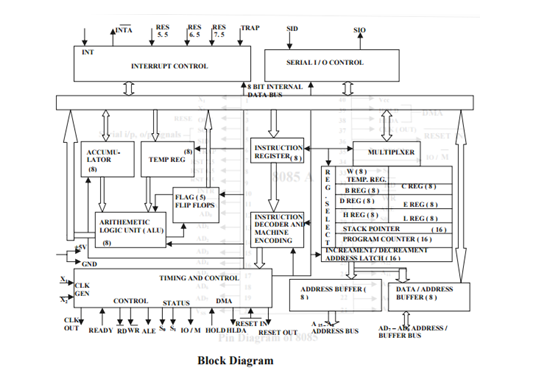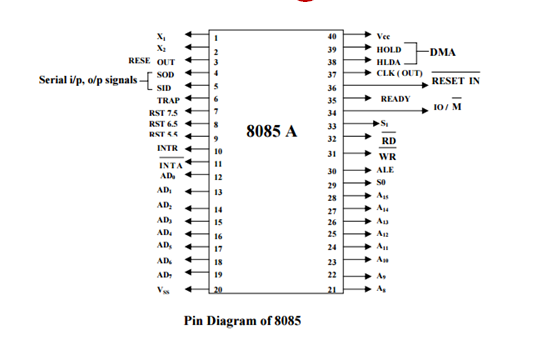Microprocessor,Microcomputer,Microprocessor Characteristics and Features of Microprocessor
Introduction To Microprocessor Microprocessor:- A microprocessor is a central processing unit build on a single IC. It consists of very small transistors fabricated on a single semiconductor IC. One or more microprocessors typically serve as a CPU in a computer system. Microcomputer:- •Microcomputer is a digital computer in which there is one microprocessor which acts as a CPU. •Examples: A desktop computer, palmtop, notebook, laptop, etc. Characteristics of Microprocessor:- • INSTRUCTION SET: •The set of instructions that a microprocessor can understand. • BANDWIDTH: •The number of bits processed in a single instruction. •CLOCK SPEED: The number of operations performed by the processor per second. •Width of data bus: •It defines the number of bits that can be transferred through data bus. •Width of Address Bus: •This parameter decides the memory addressing capability of the microprocessor. • Interrupt Capability: • This feature...

